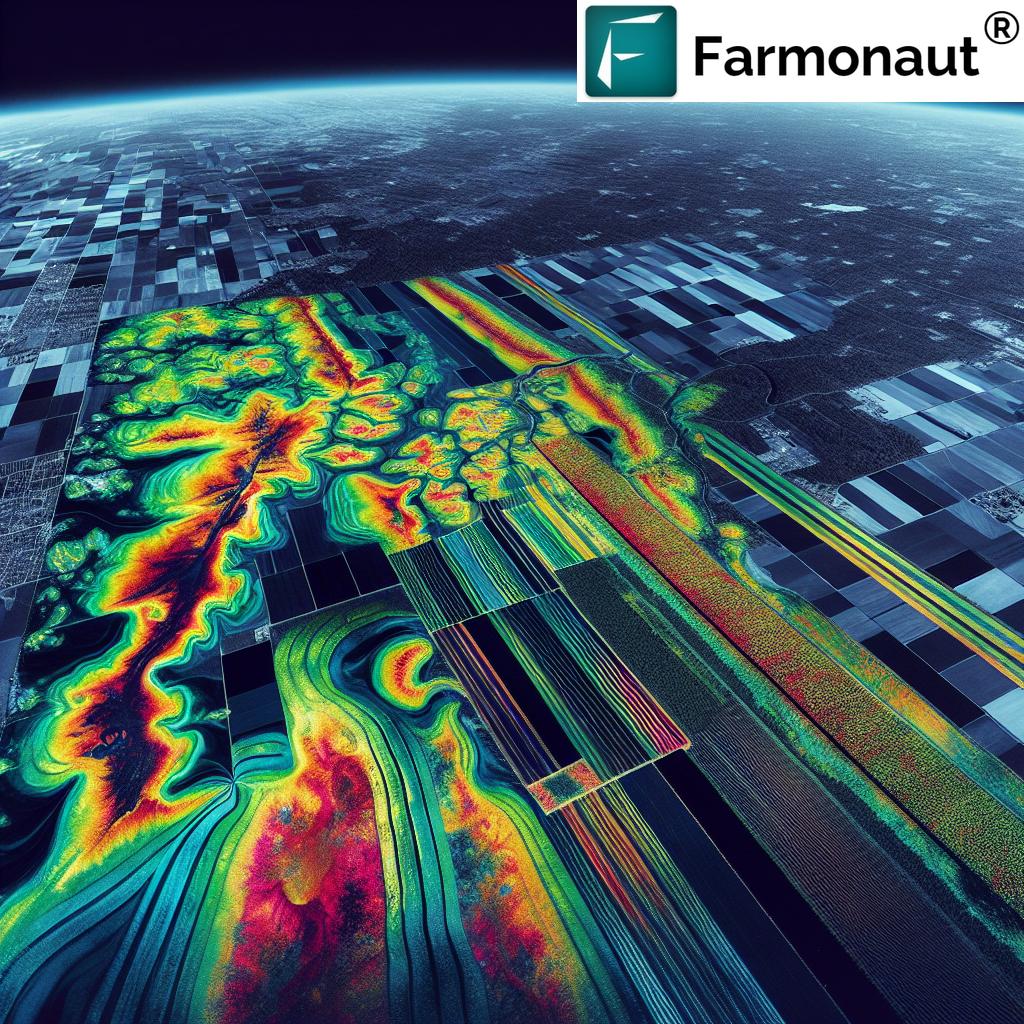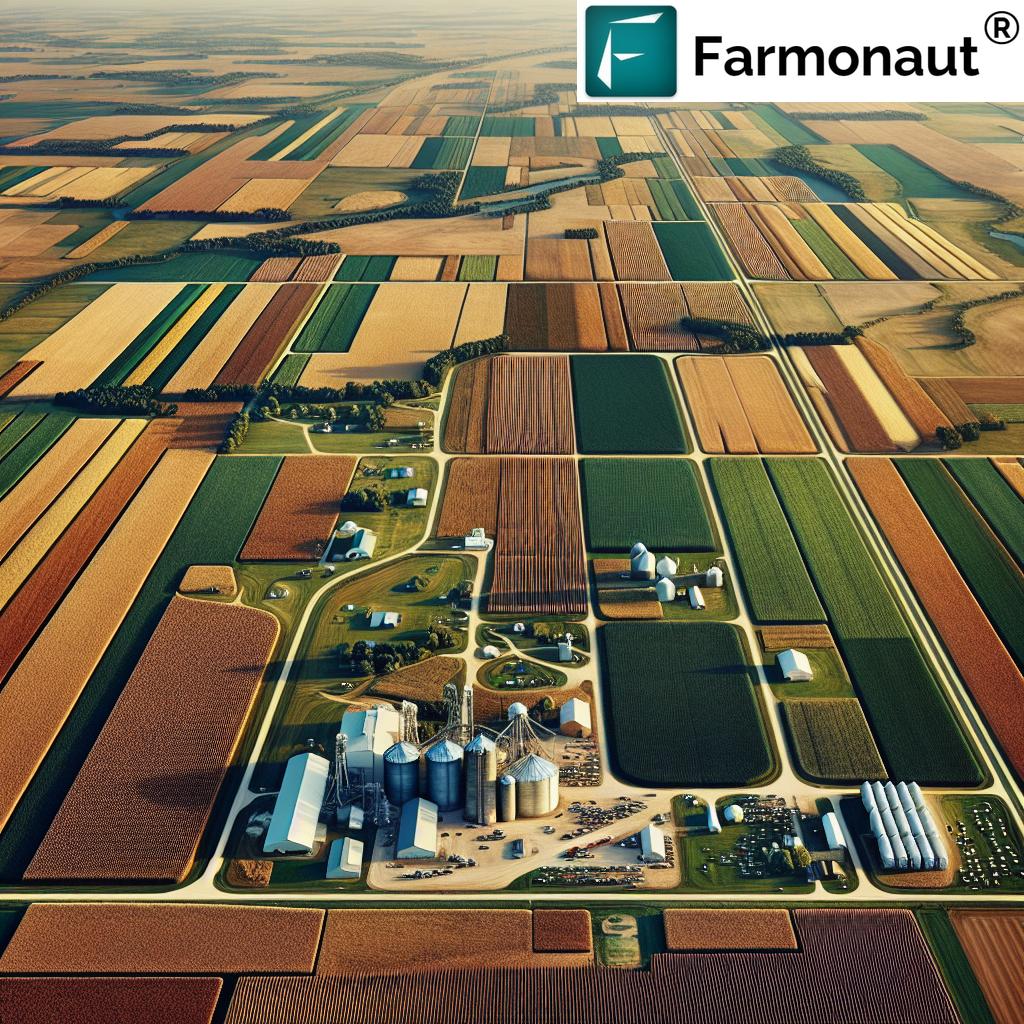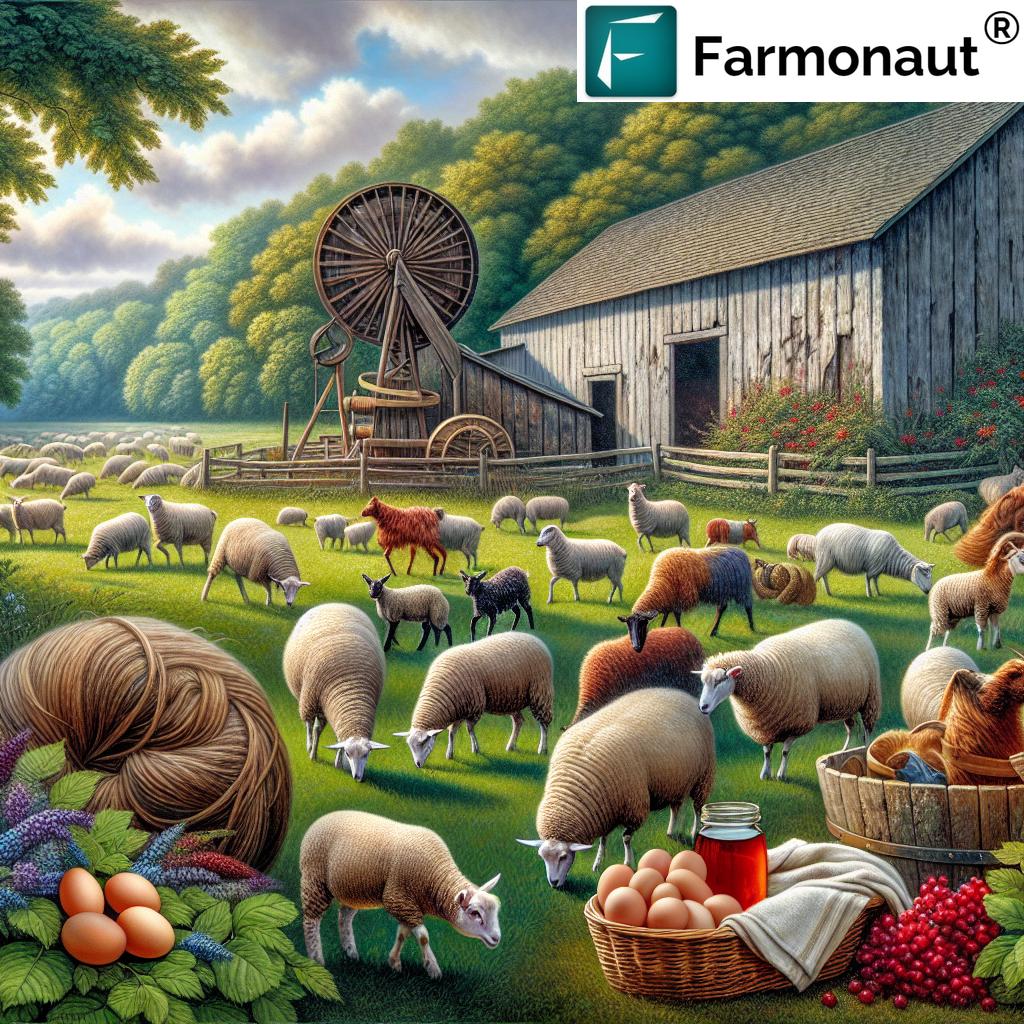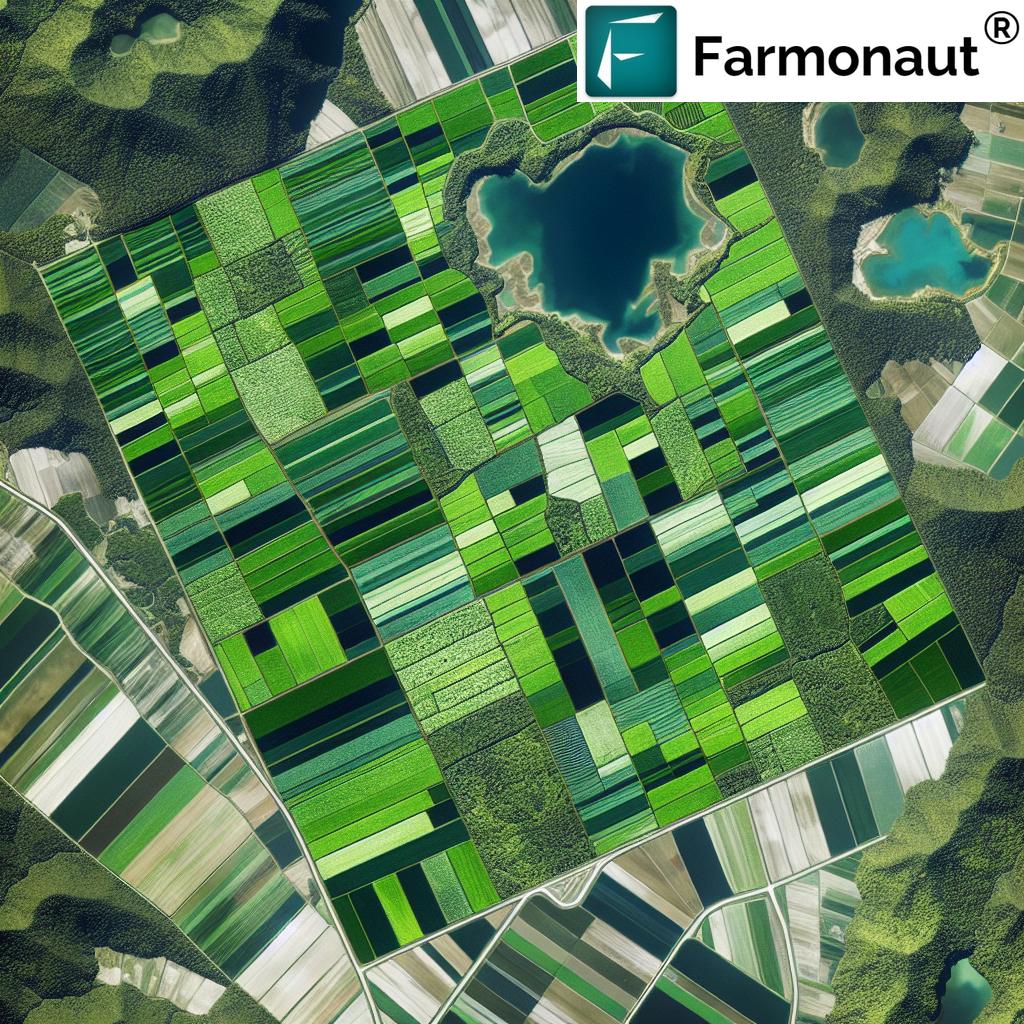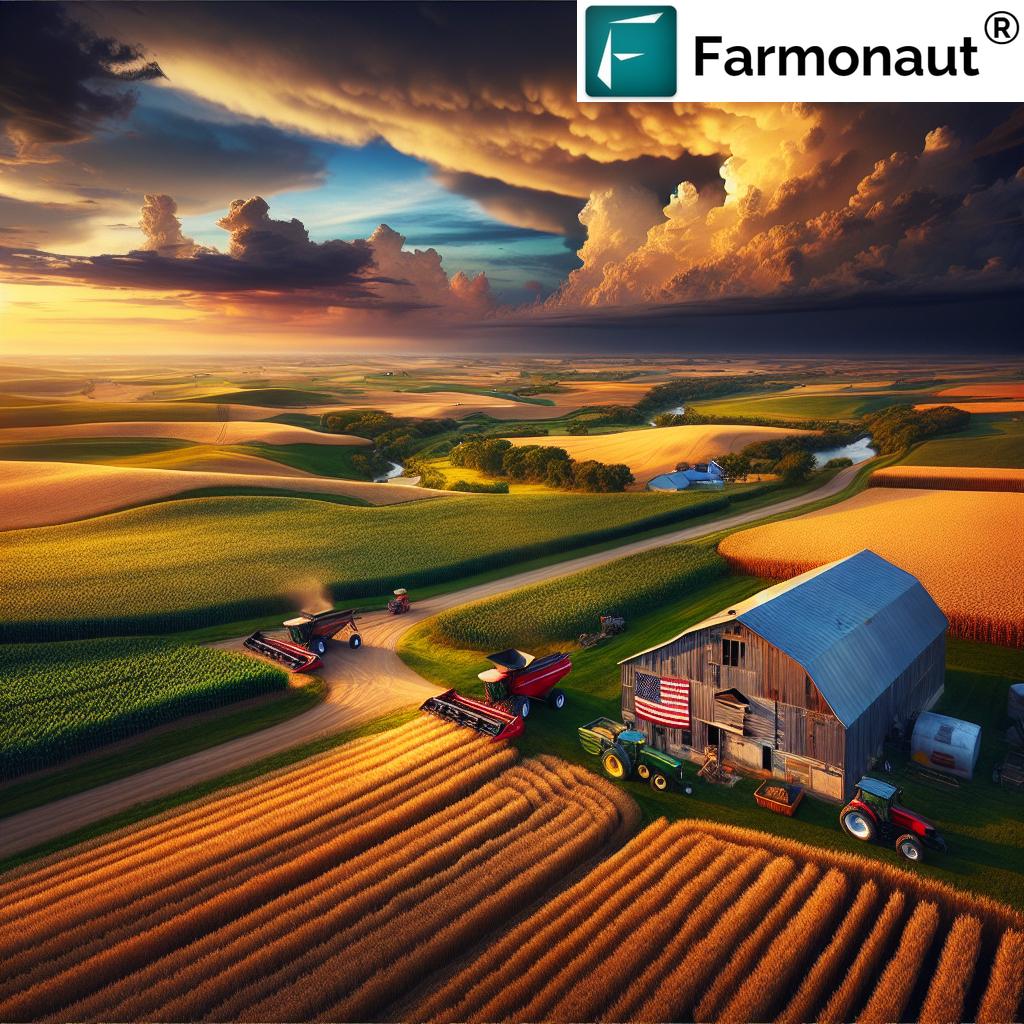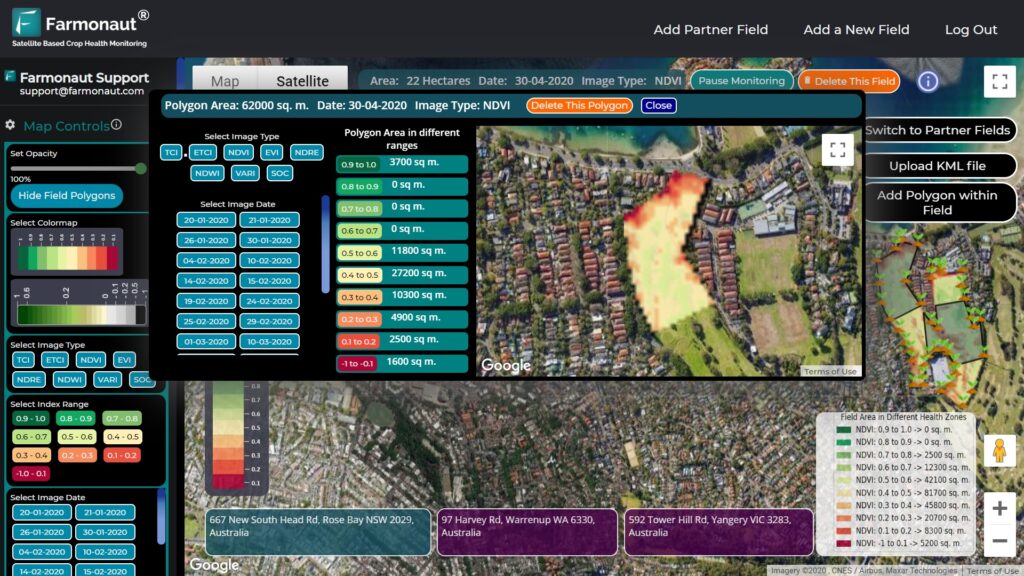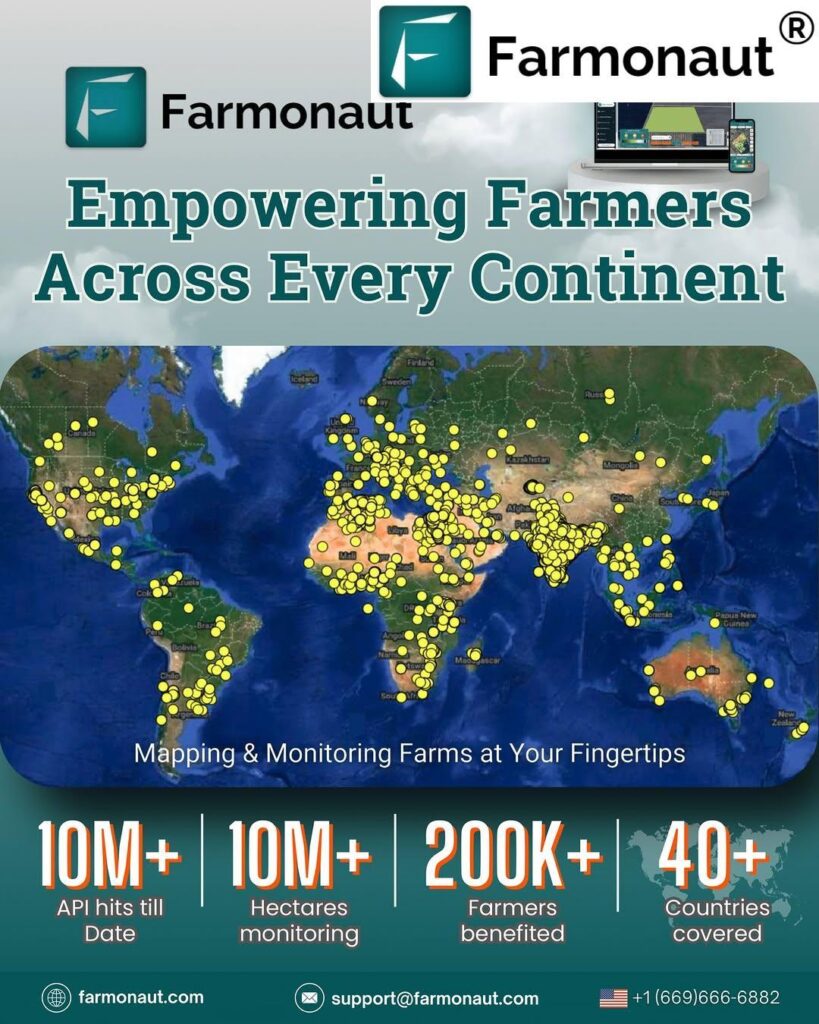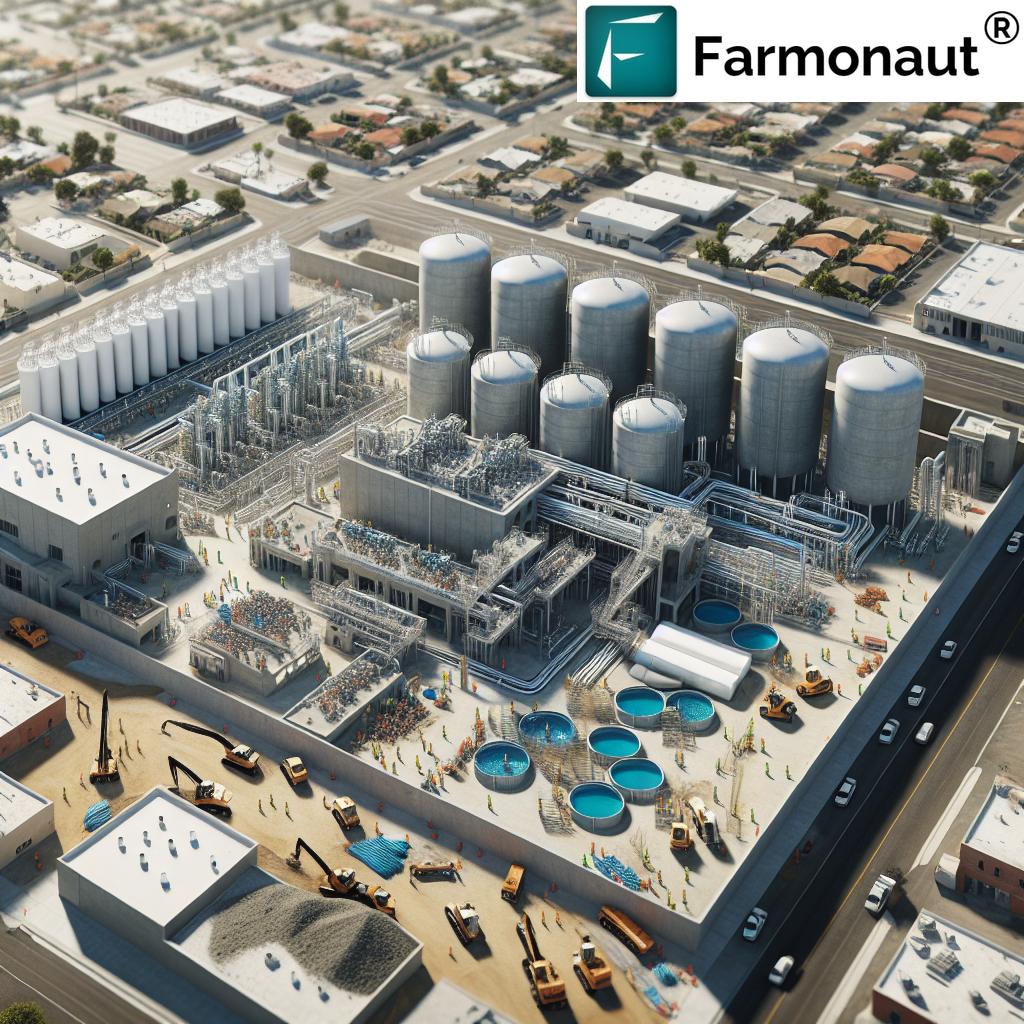Clewiston Sugar Festival: Celebrating Florida’s Sweet Harvest and Rich Agricultural Heritage
“Clewiston produces over 25% of America’s sugar, earning it the title “The Sweetest Town in America”
Welcome to Clewiston, Florida – the heart of America’s sugar production and home to the annual Clewiston Sugar Festival. As we prepare to celebrate this year’s sweet harvest, we invite you to join us on a journey through the rich history, vibrant community, and delicious traditions that make Clewiston truly the “Sweetest Town in America.”
The Sweet Roots of Clewiston
Nestled on the southern shores of Lake Okeechobee, Clewiston has been the epicenter of Florida’s sugarcane industry for nearly a century. The town’s unique geography and climate have created the perfect conditions for growing some of the finest sugarcane in the world. Let’s dive into what makes this region so special for sugar production.
The Magic of Muck Soil
At the heart of Clewiston’s sugar success lies its extraordinary muck soil. This dark, nutrient-rich earth is the result of centuries of organic matter decomposition from Lake Okeechobee. The muck soil is exceptionally fertile, providing the ideal growing medium for sugarcane and other crops.
“Lake Okeechobee’s unique muck soil, covering 700,000 acres, is ideal for growing sugarcane in the Clewiston region”
Ryan Duffy, U.S. Sugar’s Director of Corporate Communications, explains, “The hundreds and thousands of years of decomposition to the soil from the water in Lake Okeechobee has given us the nutrient-rich and natural muck soils that we have. It’s highly organic, and that’s what the sugarcane and other crops are grown in.”
A Century of Sweet Success
The sugar industry in Clewiston dates back to the 1920s when visionary entrepreneurs recognized the potential of the region’s unique soil and climate. Today, U.S. Sugar, the primary sugar producer in the area, is in the midst of its 94th harvest season. This longevity is a testament to the enduring quality of Clewiston’s sugar and the resilience of its farming community.
As we celebrate the Clewiston Sugar Festival, it’s important to recognize the impact this industry has had on shaping the town and its people. The festival isn’t just about sugar; it’s a tribute to the hardworking farmers, mill workers, and community members who have built Clewiston into what it is today.
The Clewiston Sugar Festival: A Sweet Celebration
The Clewiston Sugar Festival has become one of the most anticipated events in Hendry County, drawing visitors from across Florida and beyond. This annual celebration is more than just a festival; it’s a homage to the town’s agricultural roots and a showcase of community spirit.
Festival Highlights
- Historical Exhibits: Learn about the evolution of sugarcane farming in Florida through fascinating displays and artifacts.
- Live Music: Enjoy performances by local and regional artists, adding a lively soundtrack to the festivities.
- Food Vendors: Indulge in a variety of sweet and savory treats, many featuring locally produced sugar.
- Kid’s Carnival: Fun activities and rides for the younger festival-goers.
- Antique Tractor Display: Admire the vintage machinery that helped build Clewiston’s sugar industry.
Commissioner Hillary Hyslope emphasizes the importance of the festival: “We enjoy very much coming out to celebrate the industry and all of its people too. The people who farm, the people who work day in and day out to keep all of this going.”
The Sugar Industry’s Impact on Clewiston
The sugar industry isn’t just the economic backbone of Clewiston; it’s woven into the very fabric of the community. Let’s explore how sugar production has shaped this unique Florida town.
Economic Engine
U.S. Sugar supplies an impressive 23% of the country’s sugar, with much of that production centered in Clewiston. This significant output translates into jobs, economic stability, and growth for the region. The industry supports not only direct agricultural jobs but also creates opportunities in related sectors such as transportation, processing, and retail.
Community Building
Tim Burke, a former U.S. Sugar mechanic with 31 years of experience, reflects on the industry’s role in fostering community bonds: “This community sticks together when it’s rough times. And now they can enjoy themselves with everyone coming to this Sugar Fest.”
The sugar industry has been instrumental in developing Clewiston’s infrastructure, schools, and community services. As the town grew alongside the sugar production, it created a tight-knit community where generations of families have worked together to build a prosperous future.
Environmental Stewardship
Modern sugar production in Clewiston is increasingly focused on sustainability and environmental responsibility. Farmers and producers are adopting practices that conserve water, reduce chemical use, and protect the delicate ecosystem of the Lake Okeechobee region.
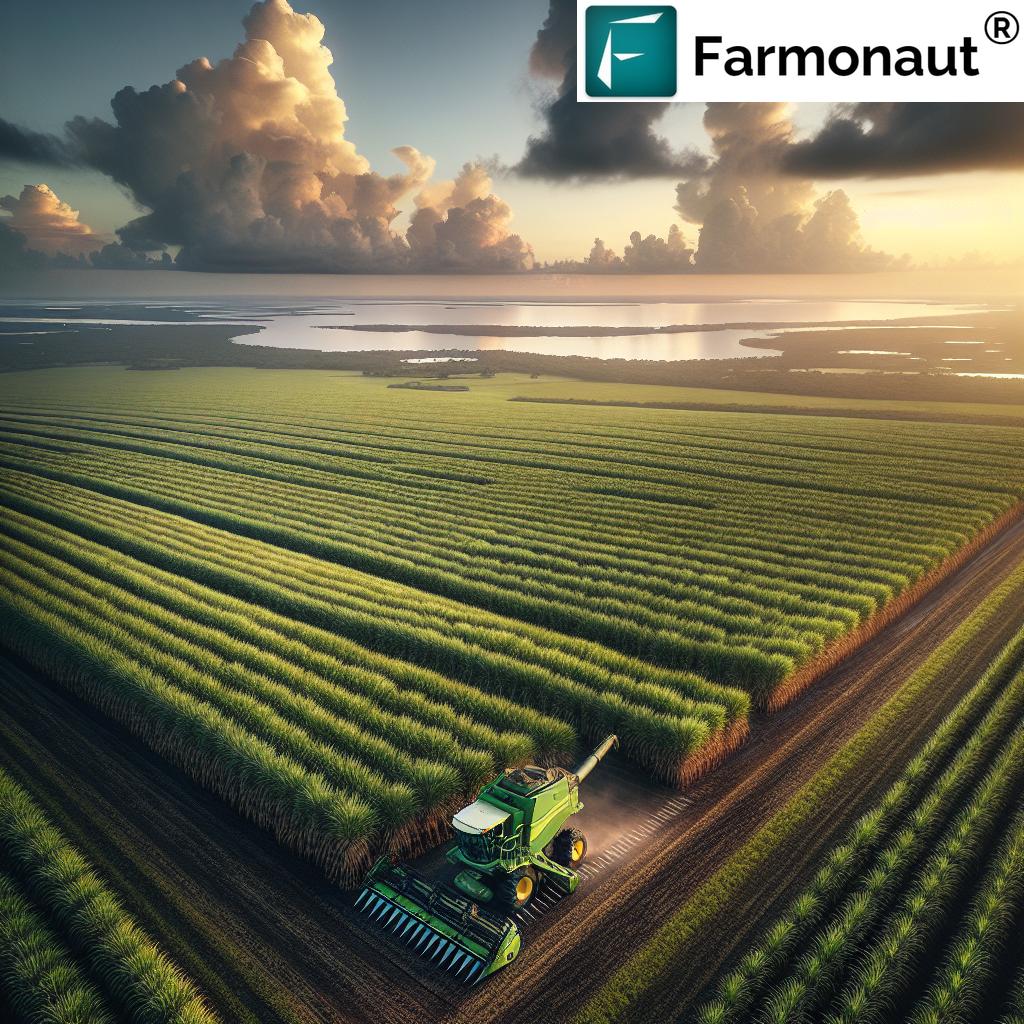
The Evolution of Sugar Farming in Clewiston
To truly appreciate the significance of the Clewiston Sugar Festival, it’s essential to understand how sugar farming has evolved over the years. Let’s take a look at the changes in the industry from its early days to the present.
| Aspect | Historical (1930s) | Current (2023) |
|---|---|---|
| Annual Sugar Production | Approximately 100,000 tons | Over 2 million tons |
| Number of Farms | Hundreds of small family farms | Fewer, larger consolidated operations |
| Harvesting Methods | Manual cutting with machetes | Mechanized harvesters and precision agriculture |
| Economic Impact | Primary local employer | Multi-billion dollar industry, supporting various sectors |
| Festival Attendance | Small local gathering | Thousands of visitors from across the state and beyond |
Technological Advancements
One of the most significant changes in Clewiston’s sugar industry has been the adoption of advanced technology. Modern sugar farming utilizes GPS-guided tractors, drone surveillance, and sophisticated irrigation systems to maximize efficiency and yield.
Farmonaut, a leading agricultural technology company, offers innovative solutions that can benefit sugar farmers in Clewiston and beyond. Their satellite-based crop health monitoring system provides real-time insights into vegetation health, soil moisture levels, and other critical metrics. This technology enables farmers to make data-driven decisions about irrigation, fertilizer usage, and pest management, ultimately optimizing crop yields and reducing resource wastage.
Sustainable Practices
Today’s sugar industry in Clewiston is increasingly focused on sustainability. Farmers are implementing practices such as:
- Precision agriculture to reduce water and fertilizer use
- Crop rotation to maintain soil health
- Integrated pest management to minimize chemical applications
- Water conservation through advanced irrigation techniques
These efforts not only benefit the environment but also ensure the long-term viability of sugar production in the region.
The Sweet Science: How Sugarcane Becomes Sugar
The journey from sugarcane field to your sugar bowl is a fascinating process that combines agricultural expertise with industrial precision. Let’s explore the steps involved in turning Clewiston’s sugarcane into the sweet crystals we know and love.
1. Planting and Growing
Sugarcane is planted in Clewiston’s rich muck soil, typically between September and January. The cane grows for 12-16 months before it’s ready for harvest. During this time, farmers carefully manage irrigation, fertilization, and pest control to ensure healthy cane growth.
2. Harvesting
When the cane reaches maturity, large mechanical harvesters cut the stalks at the base and remove the leaves. These machines can harvest up to 1,500 tons of sugarcane per day, a vast improvement over the manual harvesting methods of the past.
3. Transportation
The harvested cane is quickly transported to the sugar mill. Speed is crucial here, as the sugar content begins to decrease soon after cutting.
4. Milling
At the mill, the cane is crushed to extract the sweet juice. The remaining fibrous material, called bagasse, is often used as fuel for the mill’s boilers, making the process more sustainable.
5. Clarification and Evaporation
The juice is clarified to remove impurities and then concentrated through evaporation, resulting in a thick syrup.
6. Crystallization
The syrup is seeded with small sugar crystals and spun in centrifuges to separate the crystals from the molasses.
7. Drying and Packaging
Finally, the sugar crystals are dried and packaged for distribution.
This entire process, from harvest to packaging, can be completed in as little as 24 hours, ensuring the freshest possible product.
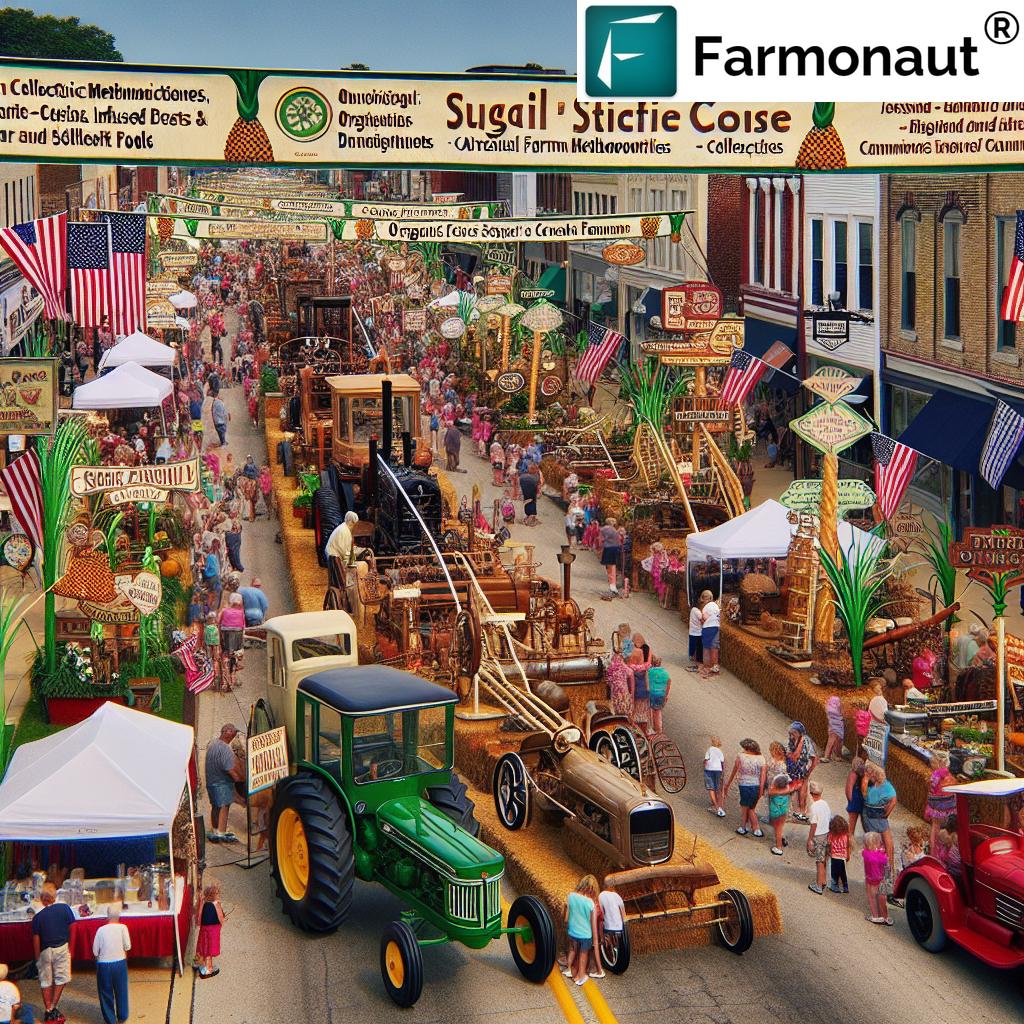
The Role of Technology in Modern Sugar Farming
As we celebrate Clewiston’s sugar heritage, it’s important to recognize the role that cutting-edge technology plays in modern sugar production. Today’s sugar farmers are increasingly turning to advanced tools and techniques to improve efficiency, sustainability, and crop yields.
Precision Agriculture
Precision agriculture is revolutionizing sugar farming in Clewiston. This approach uses data-driven insights to optimize every aspect of crop production. Key technologies include:
- GPS-guided tractors: These ensure precise planting and harvesting, reducing waste and improving efficiency.
- Drone surveillance: Aerial imagery helps farmers identify issues with crop health or irrigation before they become serious problems.
- Soil sensors: These devices provide real-time data on soil moisture and nutrient levels, allowing for targeted irrigation and fertilization.
Farmonaut’s satellite-based crop health monitoring system is an excellent example of how technology can benefit sugar farmers. By providing real-time data on crop health, soil moisture, and other critical factors, Farmonaut enables farmers to make informed decisions that can significantly improve their yields and resource efficiency.
Weather Forecasting and Climate Modeling
Accurate weather prediction is crucial for sugar farming. Advanced forecasting tools help farmers plan planting, harvesting, and other critical activities. Long-term climate modeling also assists in variety selection and crop planning for future seasons.
Automated Irrigation Systems
Water management is a critical aspect of sugar farming in Florida. Modern irrigation systems use weather data, soil moisture sensors, and computer controls to deliver precisely the right amount of water to crops, conserving this precious resource while optimizing plant growth.
The Future of Sugar Farming in Clewiston
As we look to the future, the sugar industry in Clewiston continues to evolve and adapt to new challenges and opportunities. Here are some key trends and innovations that are shaping the future of sugar farming in the region:
Sustainable Practices
Sustainability is becoming increasingly important in agriculture, and the sugar industry is no exception. Future initiatives may include:
- Increased use of renewable energy in sugar processing
- Development of more drought-resistant sugarcane varieties
- Implementation of closed-loop water systems to minimize water usage
- Exploration of bio-based products derived from sugarcane waste
Automation and Robotics
As labor costs rise and technology advances, we may see more automation in sugar farming. This could include robotic harvesters, autonomous tractors, and AI-driven decision-making systems for farm management.
Diversification
While sugar will remain the primary crop, some farmers may diversify into other crops or value-added products. This could include producing specialty sugars, exploring biofuel production from sugarcane, or integrating other crops into their rotation.
Climate Adaptation
As climate patterns change, Clewiston’s sugar industry will need to adapt. This may involve developing new cane varieties that are more resilient to extreme weather events, adjusting planting and harvesting schedules, and implementing more robust water management strategies.
Community Impact: Beyond the Sugar Fields
The sugar industry’s influence on Clewiston extends far beyond the fields and mills. It has shaped the town’s culture, economy, and community spirit in countless ways. Let’s explore some of the broader impacts of sugar farming on Clewiston and its residents.
Education and Workforce Development
The sugar industry has been a driving force behind educational initiatives in Clewiston. Local schools often partner with sugar companies to provide agricultural education programs, internships, and scholarships. These efforts help ensure a skilled workforce for the future while providing opportunities for local youth.
Cultural Heritage
Sugar farming has become an integral part of Clewiston’s cultural identity. The annual Sugar Festival is just one example of how the industry’s heritage is celebrated and preserved. Many families in the area can trace their roots back several generations in the sugar industry, creating a strong sense of community and shared history.
Economic Diversification
While sugar remains the primary economic driver, its success has allowed Clewiston to diversify its economy. The town has seen growth in related industries such as transportation, agricultural supply, and food processing. Additionally, the sugar industry’s stability has provided a foundation for the development of tourism and other service sectors.
Environmental Stewardship
The sugar industry’s presence has led to increased awareness and action on environmental issues in the Lake Okeechobee region. Farmers and sugar companies are often at the forefront of conservation efforts, working to protect water quality, preserve wildlife habitats, and maintain the delicate balance of the local ecosystem.
The Sweet Taste of Innovation: New Products from Sugarcane
While refined sugar remains the primary product of Clewiston’s sugarcane industry, innovative research and development are opening up new possibilities for this versatile crop. Here are some exciting developments in sugarcane-based products:
Bioplastics
Researchers are developing biodegradable plastics made from sugarcane byproducts. These sustainable alternatives could help reduce reliance on petroleum-based plastics and address global plastic pollution issues.
Biofuels
Ethanol produced from sugarcane is already a significant biofuel in some parts of the world. Ongoing research aims to make this process more efficient and economically viable for wider adoption.
Specialty Sugars
There’s growing demand for specialty sugars like organic, raw, and flavored varieties. Clewiston’s sugar producers are exploring these niche markets to diversify their product offerings.
Nutraceuticals
Certain compounds found in sugarcane show promise for use in health supplements and functional foods. This could open up entirely new markets for sugarcane-derived products.
Celebrating Sweet Success: The Importance of the Clewiston Sugar Festival
As we’ve explored the rich history and bright future of Clewiston’s sugar industry, it’s clear that the annual Sugar Festival is more than just a community event. It’s a celebration of resilience, innovation, and the enduring spirit of this unique Florida town.
A Time for Reflection
The festival provides an opportunity for the community to reflect on its history and the generations of hard work that have built Clewiston into the “Sweetest Town in America.” It’s a chance to honor the farmers, mill workers, and countless others who have contributed to the industry’s success.
Education and Awareness
For visitors and younger generations, the Sugar Festival offers a unique educational experience. Through exhibits, demonstrations, and tours, attendees can learn about the intricate process of sugar production and its importance to the local and national economy.
Community Bonding
The festival brings together residents, industry workers, and visitors in a joyful celebration of Clewiston’s sweet heritage. It strengthens community bonds and fosters a sense of pride in the town’s unique identity.
Economic Boost
Beyond its cultural significance, the Sugar Festival provides an important economic boost to Clewiston. The influx of visitors supports local businesses and helps showcase the region to potential investors and tourists.
Conclusion: The Sweet Future of Clewiston
As we look forward to another exciting Clewiston Sugar Festival, we’re reminded of the deep roots and bright future of this remarkable industry. From the rich muck soils of Lake Okeechobee to the cutting-edge technologies shaping modern farming, Clewiston’s sugar story is one of constant evolution and enduring sweetness.
The festival is more than just a celebration of sugar; it’s a testament to the resilience, innovation, and community spirit that define Clewiston. As we enjoy the sweet treats, lively music, and warm camaraderie of the festival, let’s also take a moment to appreciate the hard work and dedication that goes into every granule of sugar produced in America’s sweetest town.
Whether you’re a long-time resident, a curious visitor, or a sugar enthusiast, the Clewiston Sugar Festival offers something for everyone. It’s a chance to connect with the land, the people, and the rich agricultural heritage that make this corner of Florida truly special.
So come join us in Clewiston, where the sugar is sweet, the community is warm, and the future is bright. Experience the magic of the Sugar Festival and discover why Clewiston truly deserves its title as the “Sweetest Town in America.”
FAQs About the Clewiston Sugar Festival and Sugar Industry
- When is the Clewiston Sugar Festival held?
The festival is typically held annually in the spring, often in March or April. Check the official Clewiston website for exact dates each year. - How long has the sugar industry been present in Clewiston?
The sugar industry in Clewiston dates back to the 1920s, with U.S. Sugar currently in its 94th harvest season. - What makes Clewiston’s soil ideal for growing sugarcane?
Clewiston’s muck soil, formed from centuries of organic matter decomposition from Lake Okeechobee, is exceptionally fertile and ideal for sugarcane cultivation. - How much of America’s sugar comes from Clewiston?
U.S. Sugar, based in Clewiston, supplies approximately 23% of America’s sugar. - What activities can visitors expect at the Sugar Festival?
The festival typically includes historical exhibits, live music, food vendors, a kid’s carnival, and displays of antique farming equipment. - How has sugar farming technology changed over the years?
Modern sugar farming in Clewiston now utilizes GPS-guided tractors, drone surveillance, advanced irrigation systems, and precision agriculture techniques. - What environmental initiatives are sugar farmers in Clewiston implementing?
Farmers are adopting sustainable practices such as precision agriculture, water conservation, integrated pest management, and exploring renewable energy use in processing. - How does the sugar industry impact Clewiston’s economy?
The sugar industry is a major employer in Clewiston and supports various related sectors, contributing significantly to the local and regional economy. - Are there tours available of the sugar farms or processing facilities?
While not typically available year-round, some tours may be offered during the Sugar Festival. Check with local tourism offices for current options. - How can I get involved in or support Clewiston’s sugar industry?
Supporting the annual Sugar Festival, purchasing locally produced sugar products, and staying informed about industry developments are great ways to engage with Clewiston’s sugar heritage.




